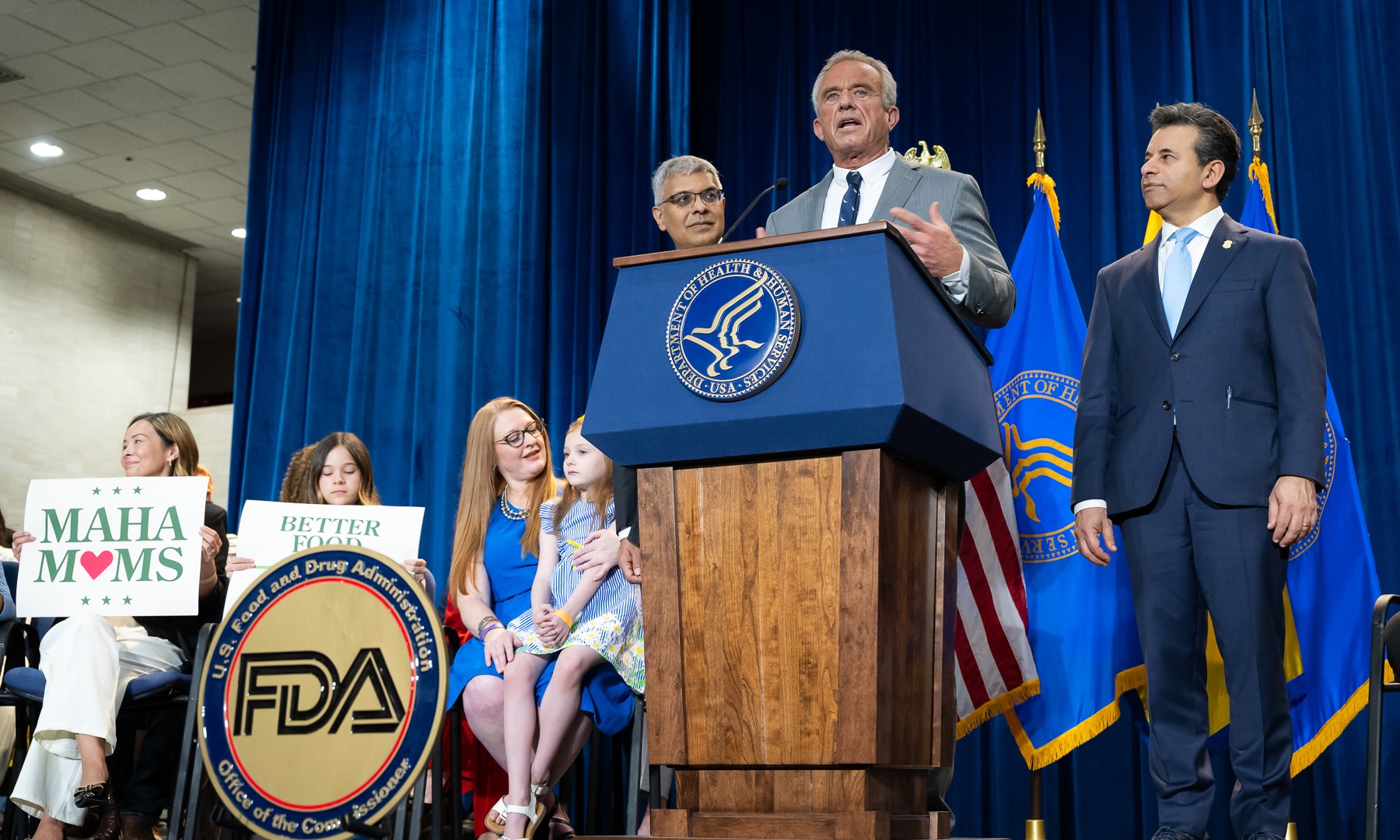Federal health officials have implemented a major policy shift concerning the application of fluoride in dietary supplements, igniting a fresh round of discussion among medical practitioners, environmental groups, and parents focused on community well-being. The U.S. Food and Drug Administration (FDA) has declared updated limitations on fluoride supplements, framing this determination as an element of a wider strategy under the Modernization of Active Health Approaches (MAHA) framework. This action signifies a pivotal moment in the continuous dialogue surrounding the advantages and potential hazards linked to fluoride intake, especially in pediatric dental hygiene.
A change in fluoride oversight and its impact on public well-being
For many years, fluoride has been recognized as a fundamental element in combating tooth decay, with its presence in water supplies, oral hygiene items, and prescribed supplements extensively endorsed by public health organizations. Nevertheless, the recent measure by the FDA signals increasing apprehension regarding excessive fluoride exposure and its potential enduring consequences. With these updated regulations, medical professionals will encounter more stringent directives concerning the recommendation of fluoride supplements, particularly for babies and toddlers residing in areas where water sources already contain fluoride.
This change aligns with the MAHA agenda’s objective of updating outdated health regulations and minimizing exposure to substances that may pose cumulative health risks. Experts suggest that this regulatory update is not an outright rejection of fluoride’s benefits but rather an attempt to balance its preventive value with updated research on possible side effects such as dental fluorosis, endocrine disruption, and other systemic concerns that have emerged from recent studies.
The FDA emphasized that the decision is rooted in scientific evaluation rather than political pressure. A spokesperson noted that while fluoride remains an effective agent in cavity prevention, evidence indicates that unnecessary supplementation could contribute to excessive intake, particularly among children whose overall fluoride exposure is already sufficient through drinking water and dental hygiene products.
The MAHA program and its wider ramifications
The Modernization of Active Health Approaches (MAHA) agenda, introduced as a comprehensive framework for health policy reform, seeks to ensure that public health recommendations reflect the most current evidence available. The agenda encourages periodic reassessment of widely accepted substances, dietary guidelines, and treatment protocols to better protect long-term health outcomes.
By including fluoride in this initiative, the FDA underscores the importance of precision in preventive medicine. Rather than applying universal standards across diverse populations, the agency aims to promote a more tailored approach that considers individual exposure levels, age, diet, and environmental factors. This represents a departure from the blanket fluoride policies of the past, which often failed to differentiate between communities with and without fluoridated water supplies.
Critics of broad fluoridation have consistently contended that compulsory exposure eliminates the principle of informed consent, given that individuals cannot readily regulate their fluoride intake from municipal water supplies. Consequently, the FDA’s decision has been viewed by some as a stride towards enhanced personal autonomy and clearer health information. Conversely, others are concerned that this action might unintentionally undermine prophylactic dental care initiatives in underprivileged areas where dental service availability is still restricted.
Diverging opinions within the medical and scientific communities
Reactions to the FDA’s restriction have been mixed. Many dental professionals continue to defend the use of fluoride as a proven method for reducing cavities and maintaining oral health, particularly among children at higher risk of tooth decay. They argue that limiting fluoride supplements could increase the prevalence of dental caries, especially in rural areas with lower fluoridation levels.
Conversely, several medical researchers and environmental health experts applaud the FDA’s cautious stance. They point to growing evidence linking excessive fluoride intake to potential neurological and developmental effects, citing new studies that suggest the need for a more nuanced understanding of dosage safety. Some have also highlighted that the benefits of fluoride can often be achieved through topical application—such as toothpaste and mouth rinses—rather than systemic ingestion.
The American Dental Association (ADA) has responded by urging the FDA to clarify its implementation strategy, noting that abrupt regulatory shifts could create confusion among practitioners and parents. The association emphasized that dental caries remain one of the most common chronic conditions in children and that preventive measures must continue to receive strong institutional support.
Examining community influence and future actions
The practical implications of the FDA’s restriction will depend largely on how local health authorities and practitioners interpret and enforce the new guidelines. Pediatricians, dentists, and pharmacists are expected to review patients’ fluoride exposure more closely before recommending supplements, ensuring that total intake stays within safe limits.
Public health programs may also need to adjust their educational materials and outreach campaigns to reflect the new recommendations. Communities that have historically relied on fluoride supplementation may face a period of transition as families adapt to updated guidance. At the same time, the FDA has indicated plans to monitor dental health trends closely in the years following the policy shift to assess its impact on cavity rates and overall oral health outcomes.
In addition, this determination could shape worldwide discussions regarding fluoride application. Numerous nations have already revisited their national fluoridation initiatives, citing concerns akin to those highlighted by the MAHA agenda. Consequently, the United States’ ruling might establish a benchmark for other countries reassessing their public health strategies concerning mineral enrichment and chemical contact.
Balancing innovation, science, and public trust
At its heart, the FDA’s decision to limit fluoride supplements illustrates a careful equilibrium between progress and prudence. This action mirrors a wider evolution in public health administration—an evolution that prioritizes evidence-driven adjustments over strict adherence to standards from the mid-20th century. The agency’s readiness to re-evaluate established regulations demonstrates a dedication to scientific openness and to preserving public trust in health organizations.
While the debate over fluoride is far from settled, one thing is clear: the conversation is evolving. As more research sheds light on how fluoride interacts with the body and environment, policymakers will continue to refine their recommendations. For now, the FDA’s decision serves as a reminder that even the most established health practices must be periodically reassessed to ensure they remain safe, relevant, and aligned with contemporary scientific understanding.
The updated perspective on fluoride within the MAHA framework could ultimately usher in a new epoch for preventative healthcare—one that prioritizes accuracy, responsibility, and consideration for personal health within the larger context of community wellness.






